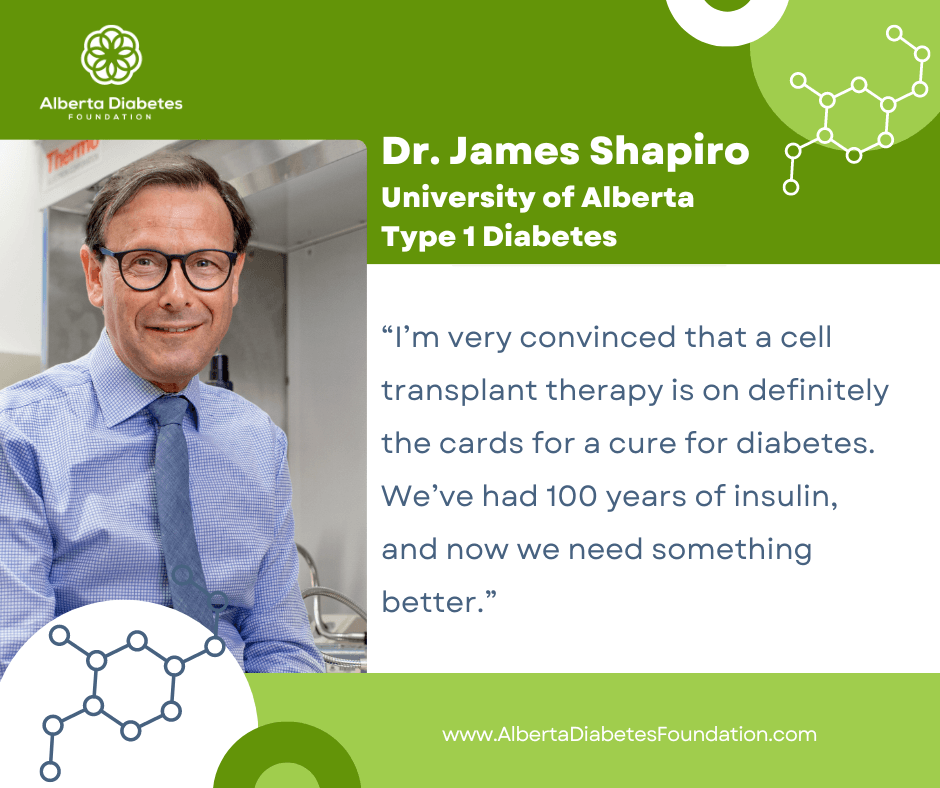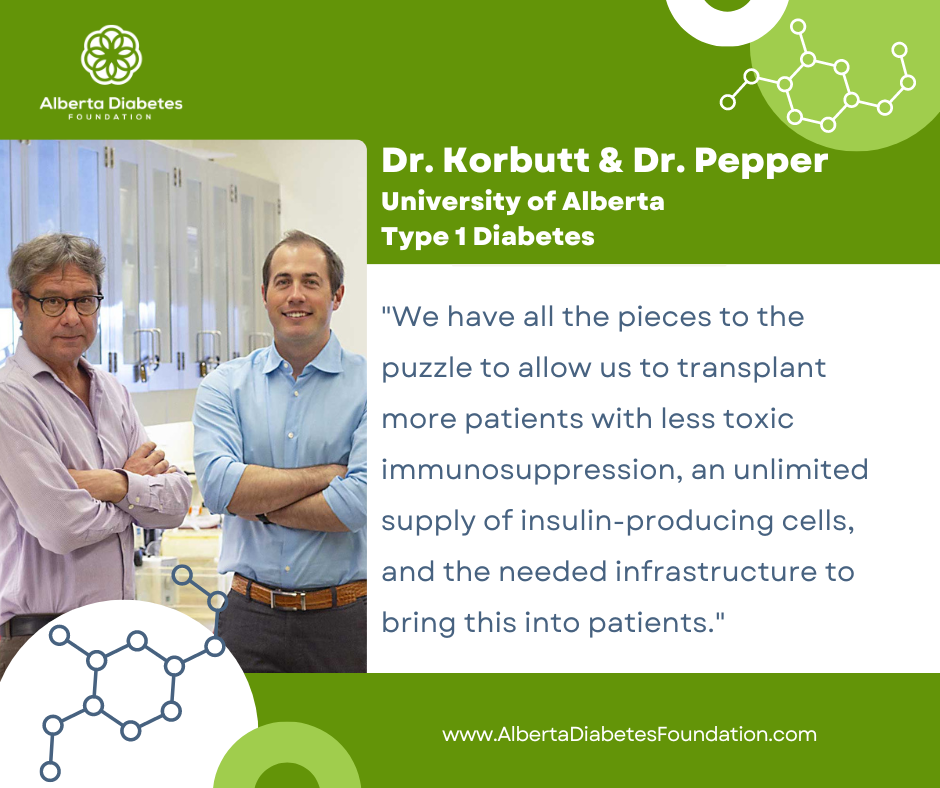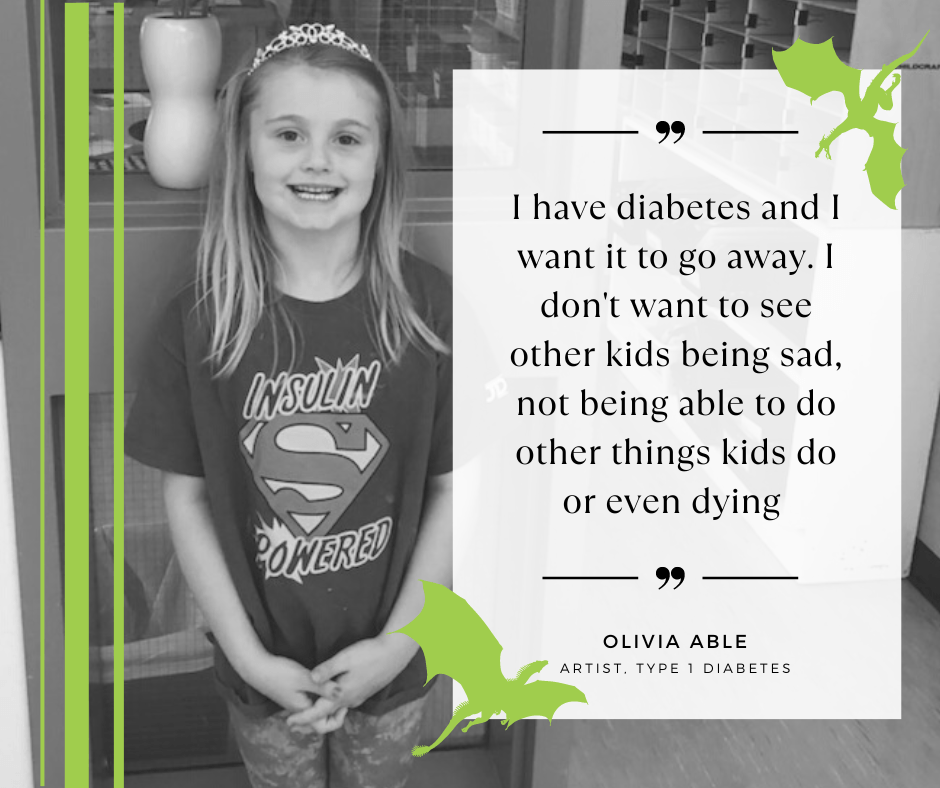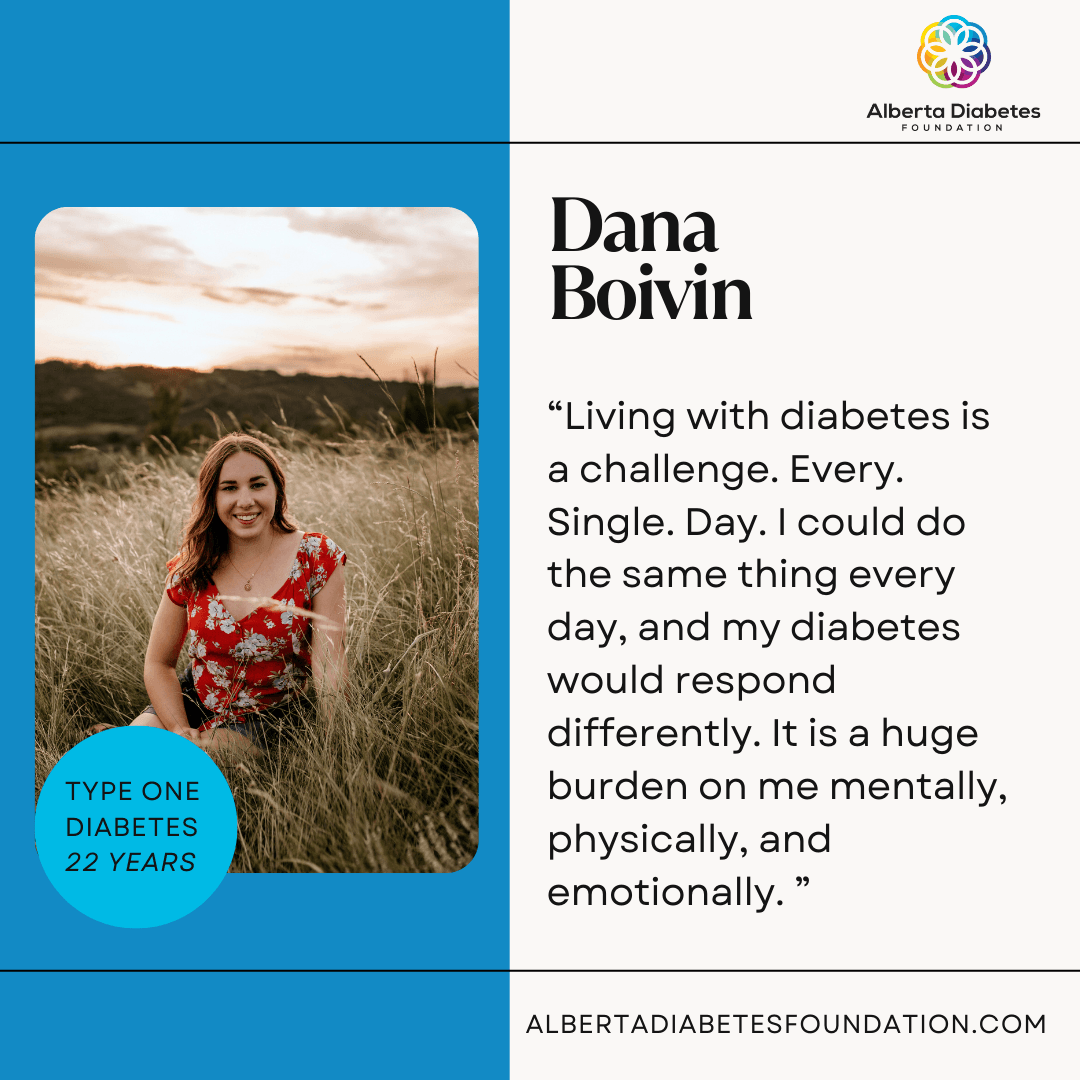Bring on the Beets
Author: Erika Brown, B.Sc., Registered Dietitian
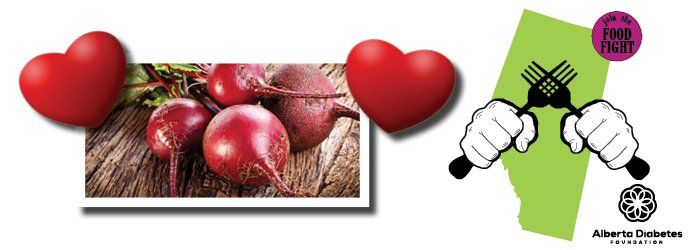
Do you steer clear of beets because they leave your kitchen looking like a crime scene? Don’t let the deep shade of red fool you; there’s nothing criminal about these root vegetables. Quite the opposite, in fact. So unless you’re wearing white, don’t fear the beet stain–it might just be a sign of good health.
Nutrition Knock-out
If you can’t beet ‘em, eat ‘em! Not only are beets a source of fibre and low in calories; they're also chock-full of essential nutrients like folate , potassium and vitamin C.
One serving of raw beets (½ cup) contains 31 calories and 1.4 grams of fibre ( 1 ). Beets do contain more natural sugar than most vegetables (4.9 grams per serving), but overall, they have a low glycemic load , meaning they won’t cause rapid spikes in blood sugars.
And don’t forget about the greens! Beet greens are rich in calcium , iron and vitamins A and C. Cook them up like you would spinach or kale and enjoy!
Un-Beet-able Health Benefits
The same pigment that gives them their deep crimson colour is also responsible for their powerful health properties. This potent antioxidant , called Betalain , is known to battle free radical- and inflammation-related diseases like cancer and heart disease ( 3 ).
Beets also contain naturally occurring betaine , a compound that has been shown to protect the liver from damage ( 2 ). Betaine also helps lower homocysteine levels in your blood, which could reduce your risk of heart disease.
Beets are also rich in nitrates, which, when converted to nitric oxide, relax and dilate blood vessels. That means better circulation , lower blood pressure and it may also mean enhanced blood flow to muscles and improved athletic performance ( 4 , 5 ).
How to Eat your Beets
There are countless ways to enjoy beets. Whether you boil, blend or bake them, their sweet earthy flavour and vibrant red hue are guaranteed to jazz up any soup, salad or side dish.
If you want to enjoy the benefits of beets without staining your counters, you’re in luck. Although the purple-red variety is most common, you can also find yellow, white and red-white striped varieties. Plus, they’re available year-round, which makes them an easy and affordable addition to any diet. Just try one or more of the following tips:
- Beet the morning blues with a beetroot smoothie. Just blend leftover cooked beets with frozen blueberries, low fat milk and orange juice.
- Make your salad a rainbow by topping mixed greens with grated beets, grated carrots, sliced yellow peppers, edamame beans and a handful of dried cranberries.
- Treat yourself with these chocolate beet “love” muffins ! You won't taste the pureed beets, but they make the muffins extra moist and delicious (and perfect for Valentine's Day).
- Try a chip off the ol’ beet block with homemade beet chips! Toss thinly sliced beets with olive oil and salt and roast at 400°F for about 45 minutes, turning halfway through.
Want to treat your Valentine to a meal featuring the colour of love? Why not add borscht to the menu! This traditional Ukrainian soup is sure to make your heart and stomach happy. Check out the Healthy Borscht Soup from Alberta’s very own Pure Prairie Eating Plan Cookbook.
References
1) Canadian Nutrient File (2015). Nutrient Profile: Beets, raw. Retrieved from: https://food-nutrition.canada.ca/cnf-fce/report-rapport.do
2) Craig, S. (2004). Betaine and Human Nutrition. American Journal of Clinical Nutrition , 80 (3): 539-549. Retrieved from: http://ajcn.nutrition.org/content/80/3/539.full
3) Gengatharan, A. et al (2015). Natural plant pigments with potential application in functional foods. LWT - Food Science and Technology , 64 (2): 645-649. doi: 10.1016/j.lwt.2015.06.052
4) Jones, A. (2014). Dietary Nitrate Supplementation and Exercise Performance. Sports Medicine , 44 (1): 35–45. doi: 10.1007/s40279-014-0149-y
5) Siervo, M. et al (2013). Inorganic Nitrate and Beetroot Juice Supplementation Reduces Blood Pressure in Adults: A Systematic Review and Meta-Analysis. Journal of Nutrition , 143 (6): 818-882. doi: 10.3945/jn.112.170233
(R8��M>LET'S WORK TOGETHER TO FIND A CURE.
VISIT US
1-020 Li Ka Shing Centre
University of Alberta
Edmonton, AB, T6G 2E1
Office Hours
Monday-Friday 8:30-4:00
If you would like to set up an appointment at our office, please set up an appointment by contacting us at
info@abdiabetes.com



